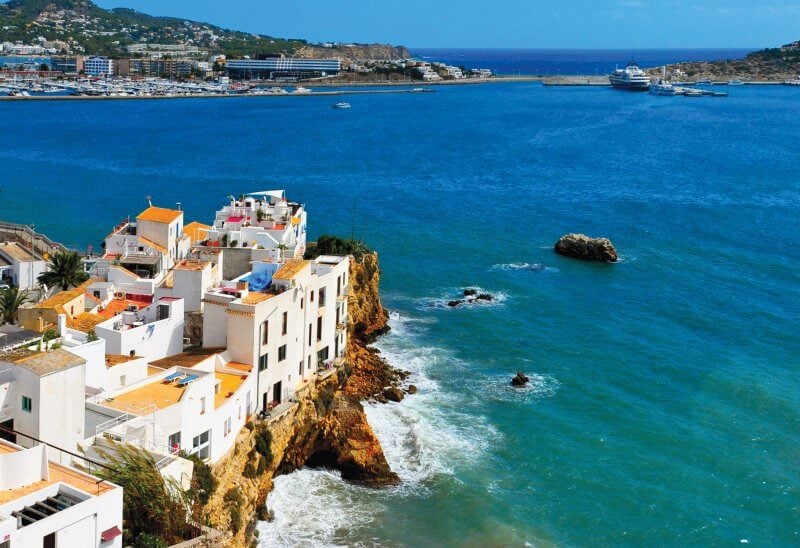The Balearic Islands (Balearic Islands) are an archipelago in the Mediterranean Sea, almost equally remote from the eastern coast of the Iberian Peninsula, the north coast of Africa and the south of France. The four largest Balearic islands are Mallorca, Minorca, Ibiza and Formentera.
The Balearic Archipelago is an autonomous region of Spain, whose capital is located in Palma de Mallorca. Balearic Islands acquired the status of autonomy in 1983, and every year on March 1, local authorities organize festive events in honor of this event.
The islands are inhabited by almost 1,150,000 people, with a fifth of them foreigners. Most of all, there are immigrants from Germany, in second place – from the UK.
Thanks to the mild climate, beautiful nature, well-groomed beaches, and huge opportunities for various pastimes and recreation, the Balearics have long become a popular tourist destination.
Interesting fact! The archipelago has the highest standard of living in Spain. This affects the cost of housing and goods for the population of the islands, and as for the cost of services for tourists, they are the same here as in Barcelona.
Although the Balearic Islands of Spain are located close to each other, they all have different characteristics of their own.
Mallorca
Mallorca is the largest Balearic island, with an area of 3,640 km2 and a coast length of 555 km.
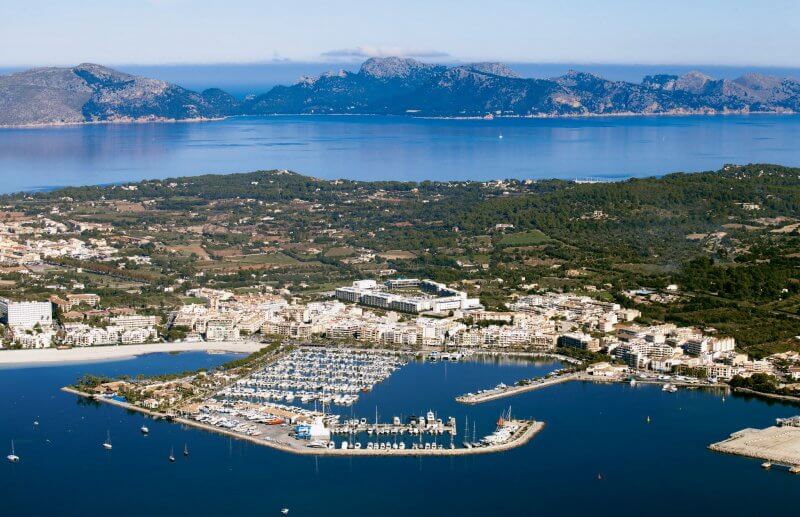
Mallorca is one of the most popular resorts in the Mediterranean, it has an extensive network of modern and comfortable hotels. Despite the huge flow of tourists, the island is perhaps the most eco-friendly Mediterranean resort. In total, there are several resort areas in Mallorca, in which there are 76 beaches:
- Arenal/Can Pastilla is the largest area known for its incredibly long beach. This area includes a small golf club and Aquacity Park, as well as numerous restaurants and clubs.
- Kala Mayor/Illetas is located in a mountainous area, where compact beaches are hidden between rocks. Here, near Palma de Mallorca, stands the Marivent Palace, where the kings of Spain come for summer holidays.
- Palma Nova/Magaluf is a recreational area where you can have fun. There is a casino “Palladium”, an entertainment center “Pirate Show”, a zoo with marine life “Marinaland”, various entertainment complexes and discos.
- Andrax, Santa Ponsa, Paguera – quiet coves for those who like to relax in solitude.
For a more detailed description of the 14 best beaches in Mallorca, see here.
Interesting fact! Mallorca was widely known for George Sand and Frédéric Chopin, who lived on the island for some time. It was after this that fans of comfortable rest, aristocrats and people of art began to come here.
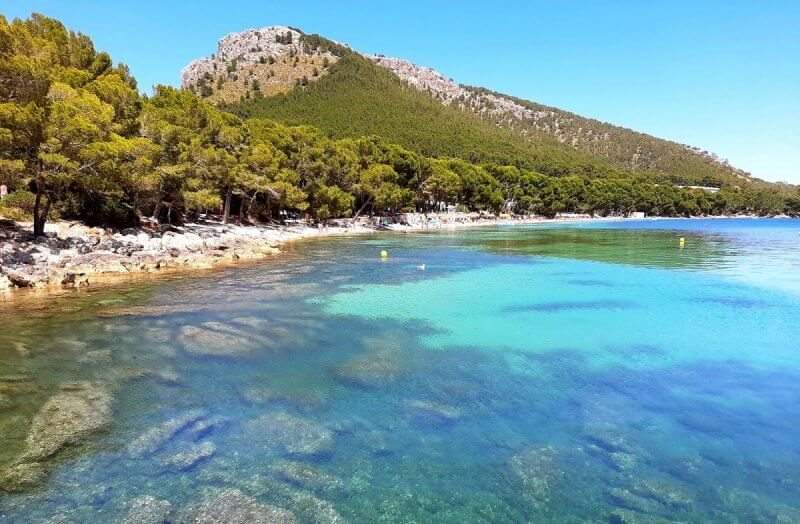
Nature in Mallorca is surprisingly diverse: lush forests and green meadows hide behind the mountains, bright blue sea waters wash over the sandy coast. The main natural attraction of the island is considered to be the Dragon Caves-a world of stalactites and stalagmites with a total length of 1,700 m, where the largest underground reservoir in Europe, Martel, is located. Original concerts are organized in the Dragon Caves: sitting in floating boats, musicians perform Chopin melodies.
On the territory of Mlljorca is the capital city of the autonomous region – Palma de Mallorca. In this city with narrow streets and vast squares, unique architectural monuments are collected. The most striking examples are the cathedral and the only rounded Bellver Castle in Spain. In the historical part of the capital city, during the high season, they organize an action in the Medieval spirit, known as a Jousting Tournament.
The small town of Alcudia is also interesting, surrounded by perfectly preserved fortress walls that served as a reliable protection from pirates. The village of Felanich, surrounded by vineyards, hosts an annual medieval dance festival on August 28. On the island there is a world-famous factory “Majorica”, where they grow pearls.
Interesting fact! A special attraction in Majorca is the tram line connecting the city of Soller and the port. It was opened in 1913, and the cars that are used now are the same age as it.
Ibiza
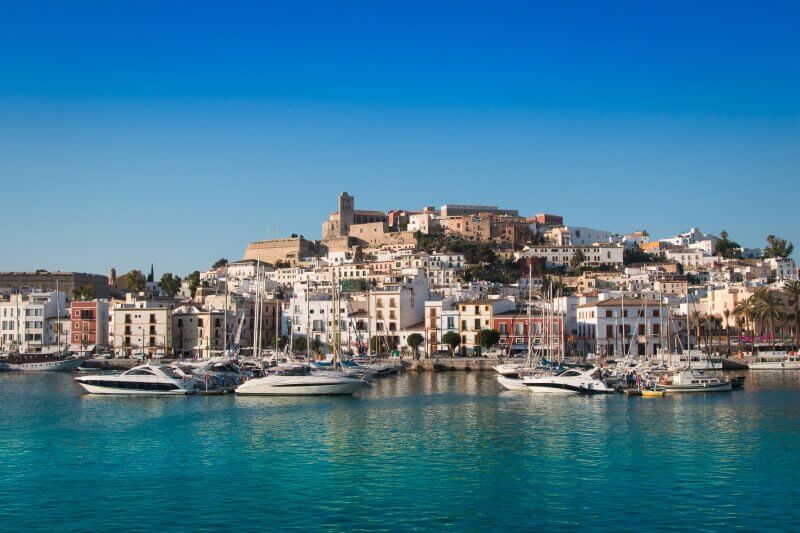
The second most popular and third largest island is Ibiza( Ibiza): an area of 571 km2, a length of 40 km, and a width of 20 km. Absolutely all the cities of this island are built on the coast.
Ibiza is a trendy youth resort, known far beyond the borders of Spain for its specific atmosphere. It is dominated by noisy parties, a unique club movement, musical beaches with discos right by the water, and a vibrant nightlife. The main tourist centers of the island are the areas of Playa d’en Bossa, San Antonio Abad, Santa Eularia des Riou, and the capital city of Ibiza. In Playa d’en Bossa there are such famous clubs as Pacha, Amnesia, Privilege, as well as the world’s largest nightclub Space. A huge advertisement for this Balearic Island is brought by parties organized every summer by leading nightclubs and famous DJs.
A real treasure of Ibiza can be considered beaches that stretch along the sea coast for 18 km. In the list of the most famous ones:
- Playa de las Salinas offers luxurious sand, clear water, numerous bars and restaurants with excellent service and good cuisine. At the same time, this beach has the infamous reputation of being the first local nudist beach.
- Cala De Portinatx is located in the north of the island, next to a quiet fishing town. This is an ideal place for those who dream of privacy and want to be away from civilization and all its noisy manifestations.
- Bennirra is a miniature bay with a beautiful beach where hippies often gather.
- Playa d’en Bossa is formed by quiet coves bordered by hills with pine trees growing on them. This is a traditional gathering place for young people, partygoers and all fans of the nocturnal lifestyle. The beach is crowded and noisy, close to many hotels, famous night clubs, bars, shops.
- Playa de Canalle is quite a popular recreation area, gaining fame as a gathering place for nudists.
- Cala de Portnat in the small northern bay and miniature Cala D`Orts with a view of the top of Es Vedra are places for a relaxing time.
In the capital city of Ibiza, the Old Town is located on a hill above the entrance to the port, surrounded by ancient fortress walls . There you can not just walk along the ancient streets with stone sidewalks, but also visit interesting museums. From the fortress walls, you can enjoy scenic views and take gorgeous photos of the Balearic Islands. Nearby, in the port area, there are many authentic restaurants and fashion boutiques. Read more about the island’s attractions in this article.
Menorca
Menorca is the second largest island in the archipelago (696.7 km2).
Although less well-known than Majorca and Ibiza, it is also popular: every year it is visited by about 500,000 tourists from Spain and other countries of the world. Despite such a high attendance, Menorca managed to avoid various troubles associated with mass tourism, and preserve its natural appearance. So, multi-storey hotels are prohibited here, their highest height is 4 floors.
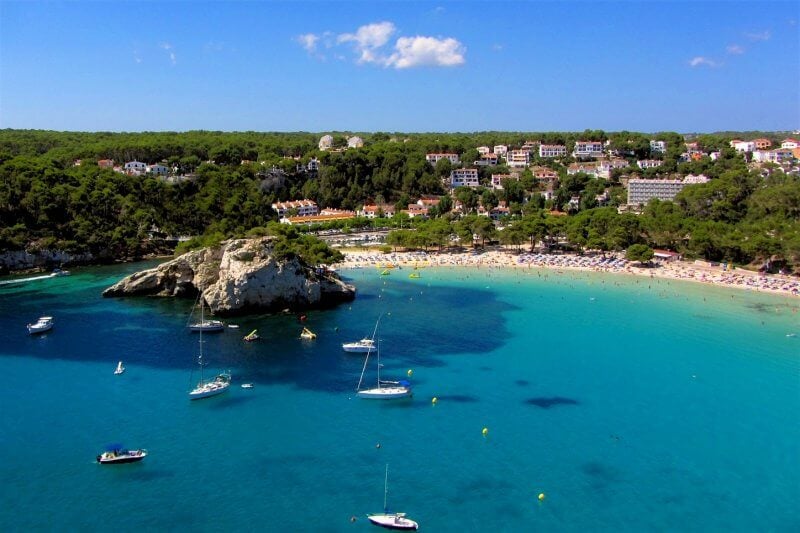
The most popular beaches are located in the deltas of dried – up rivers-these are Kaya Anna and Kaya Galdana, near which there are many nice hotels. To the south, in Son Baw, where the sand dunes stretch for 3 km, there are several beaches that are popular with nudists. The North Coast, where there are many large sandy coves with smooth shores, is the most suitable place in the Balearic Islands for a quiet holiday.
In Spain, Menorca is known as an open-air museum, because the island has a huge number of archaeological sites of various cultures and eras. The most mysterious, the purpose of which has not been clarified by scientists, are tauls-structures made of huge T-shaped boulders placed on top of each other.
Perched on a cliff above a sprawling harbour, the capital city of Mahon is quiet and conservative, with traditional Georgian residential buildings and towering high-rise buildings. Attractions include St. Mary’s Church with a huge 3,000-pipe organ, and a distillery that produces the famous Minorca gin according to ancient recipes.
Formentera
Formentera is the smallest and quietest of the islands. Its area is 82 km2, and its population barely exceeds 7,500 people. In addition to the metropolitan town of San Frances, there are only three settlements on the island.
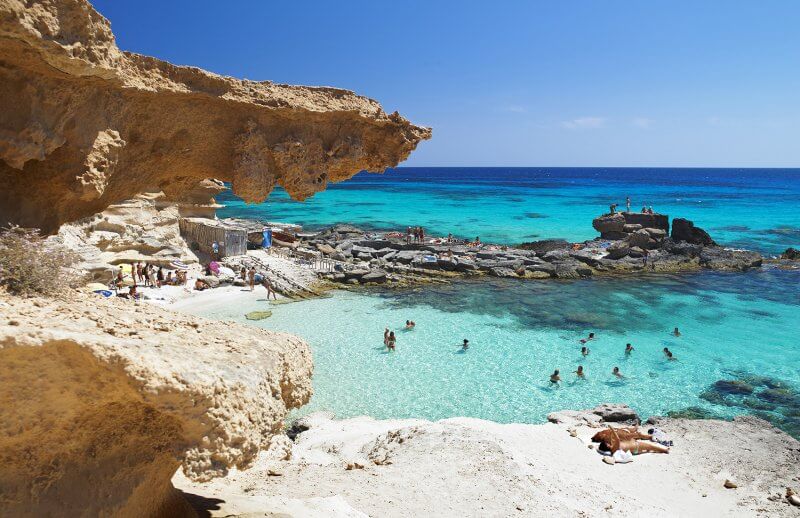
Formentera is known for its quiet, peaceful and serene atmosphere – there is no place for wild fun and idle glamour. Thanks to this atmosphere and the opportunity to enjoy contact with nature, in addition to ordinary tourists, hippies and nudists have chosen the island.
Before Formentera became a popular holiday destination, it was known as the “lost Balearic region”. The fact is that previously it was possible to get here only from Ibiza, but now you can get to Formentera from mainland Spain.
In the north of the island, the terrain is flat due to numerous salt marshes. Two small capes enliven the overall picture: La Mola on the east side and Cap de Barbaria on the west.
The Formentera coast is considered the cleanest in the Mediterranean, and the environmental friendliness of the Platja des Pujols is even confirmed by the “blue flag”.
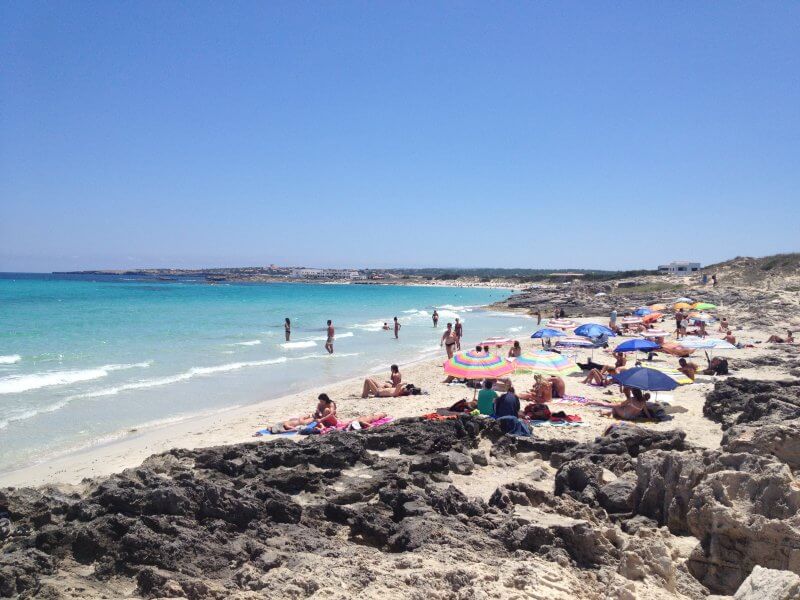
Interesting fact! The bottom of Platja Ses Illetes is covered with algae, which are protected by UNESCO.
For more information about the island, see this article.
Weather: when is the best time to visit the Balearics
The Balearic climate can be defined as Mediterranean temperate, but with high humidity and a noticeable temperature difference in different periods of the year.
In winter, the average maximum temperature is kept in the range of +8…+15 °C, and the average minimum temperature is +6…+8°C. In summer, the average minimum temperature remains at +20 °C, the average maximum temperature is +27 … +29°C. January and February are the coldest months, while July and August are the hottest. The summer heat is easily tolerated due to the sea breeze blowing in May and September, which is called Embat.
The driest month is considered to be July: precipitation falls in the amount of 4-5 mm, and there are no more than 3 rainy days. The rainiest months are October and November, when precipitation can be 60-80 mm, and the number of rainy days reaches 10.
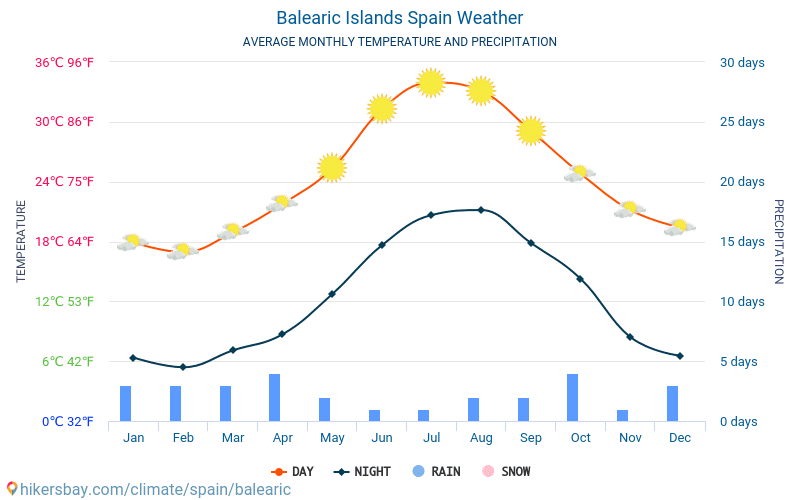
Balearic weather conditions are particularly pleasing with the number of sunny days a year: there are 300 of them. If you calculate in hours, it turns out that 2,442 hours a year over the archipelago is sunny weather.
The temperature of the coastal waters of the Mediterranean Sea varies throughout the year. The lowest value, +16°C, is observed from December to March, and in March the water begins to gradually warm up. The highest value, +26°C, falls in August. Since September, the water gradually cools down, but even in November it is quite possible to swim – the temperature is kept at +21°C.
As with most of Spain’s Mediterranean resorts, the Balearic Islands are open all year round. But the best time to relax is still considered the summer season, that is, the period from the beginning of April to the end of October.
Public transport links
The main way to get to Spain, to the islands of the Balearic Archipelago – is by air. The major Balearic islands (Majorca, Minorca and Ibiza) have their own airports that handle many domestic and international flights on a daily basis. Most flights are operated from the Iberian Peninsula, but there are also flights from other parts of Europe and the world. Airports in Spain and major European cities (especially Germany and the UK) organize flights mainly to the Son Sant Joan airport in Palma de Mallorca. The list of companies that fly to Spain and the Balearic Islands includes: Air France, Iberia, Vueling, Air Europa, and Spanair.
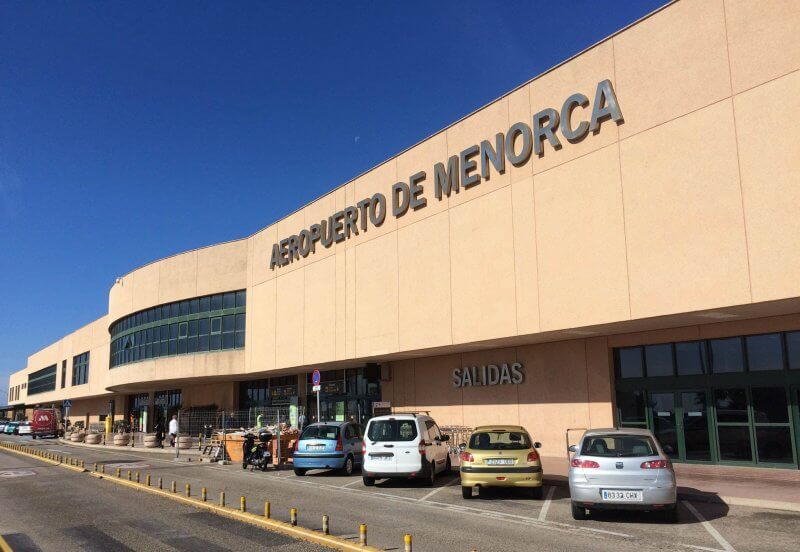
The second way to get to the Balearic Islands is cheaper, but also longer in time: by sea, on large cruise liners or ferries. This type of transport arrives several times a week at the ports of Majorca, Minorca, Ibiza and Formentre. Ferries and cruise ships depart from the Iberian Peninsula, Barcelona, Valencia and the port city of Denia. The largest transport companies are Balearia and Transmediterránea.
There is an air connection between Mallorca, Menorca and Ibiza, as well as boats (fare 20-30 €). The island of Formentera, which does not have an airport, can only be reached by sea from the mainland or from Ibiza with the carrier Ibiza Jet.
There are no problems moving around the territory of each of the main islands: the Balearic Islands have a well-established intercity and intercity bus service. In addition, there are 3 railway lines in Majorca, and the city of Palma de Mallorca has a metro system.

